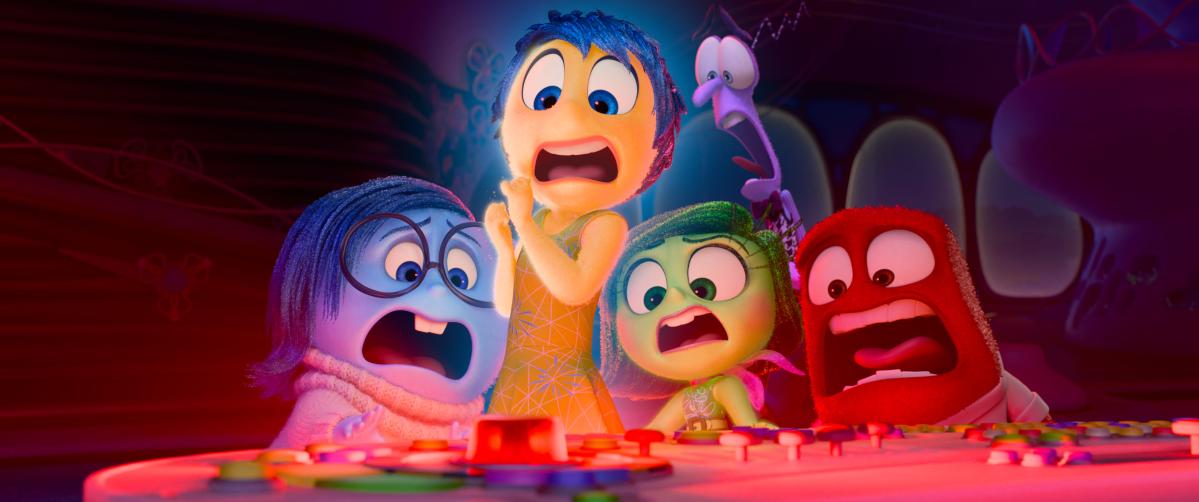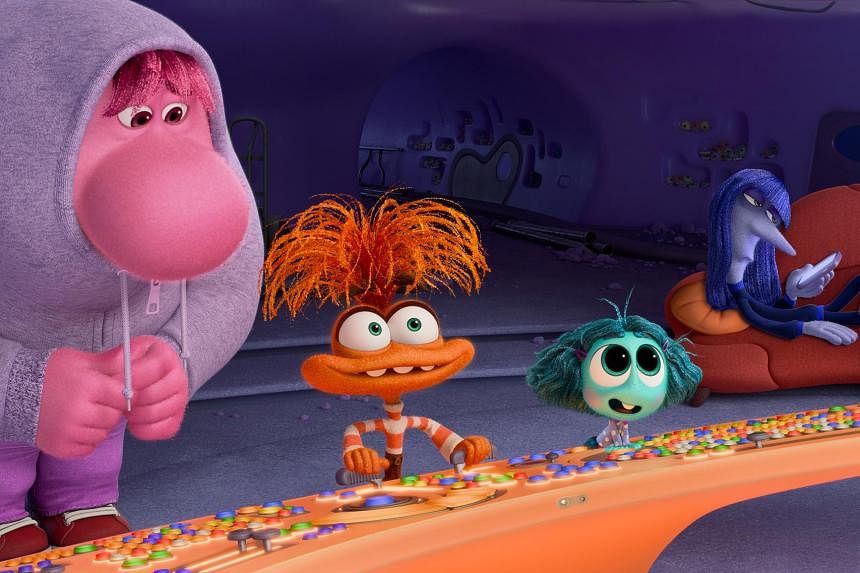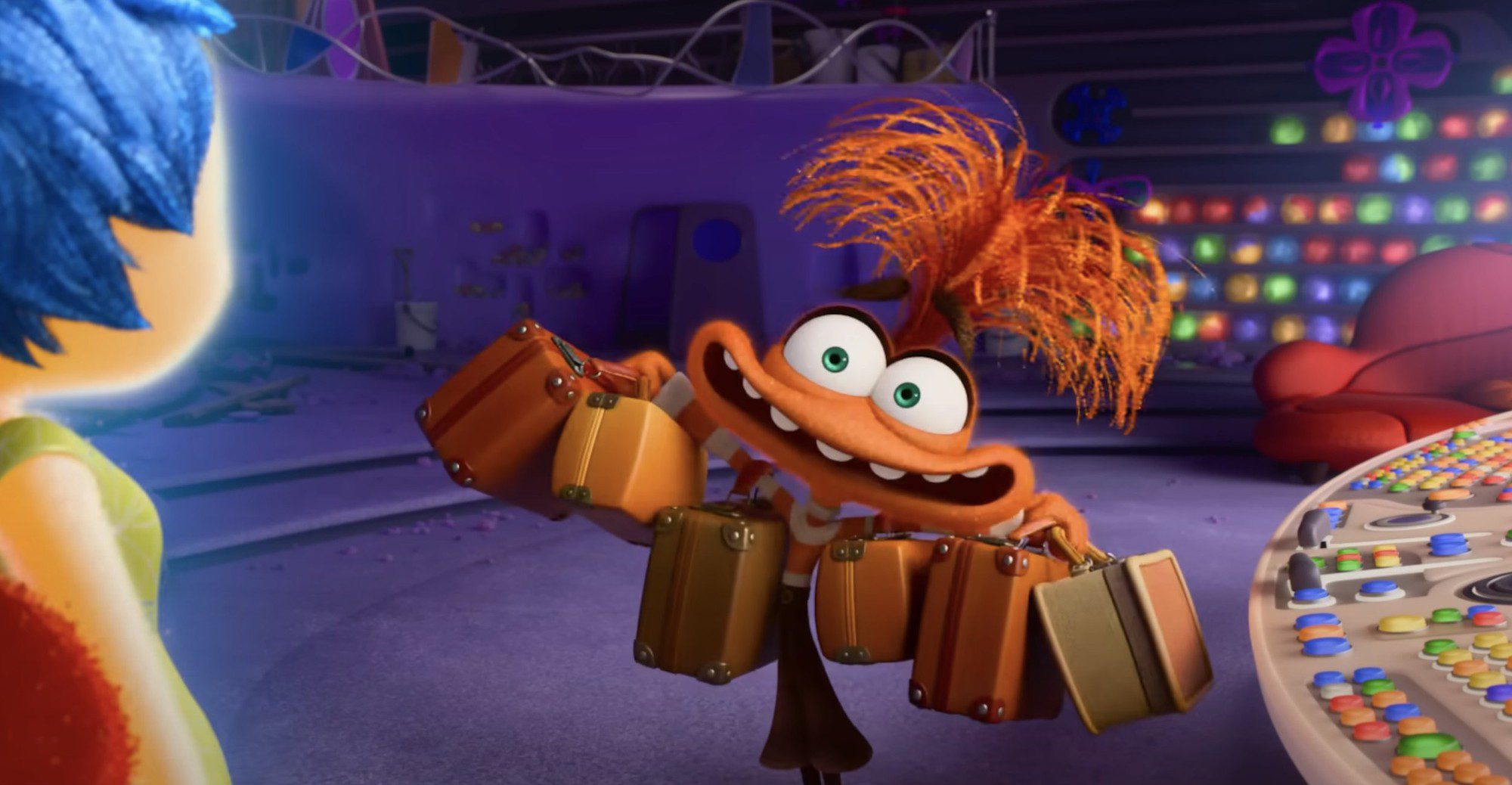Released in 2015, Inside Out is regarded as one of the most successful works from the renowned Pixar studio in recent history. The film grossed $858 million worldwide and won the Academy Award for Best Animated Feature, in addition to receiving a special nomination for Best Original Screenplay. The story of Inside Out captivates audiences by creating a colorful world inside the mind of a young girl, where emotions are anthropomorphized and work together to govern her feelings and actions.
Over 9 years later, audiences are revisiting this vibrant world with the official release of the sequel, Inside Out 2, set for June 14. Fans of the original can look forward to an emotionally charged narrative, filled with humor, nostalgia, and a deeper exploration of mental health themes.
The Emotional Turmoil of Adolescence
The story of Inside Out 2 picks up two years after the first installment, with the main character Riley now 13 years old, navigating the complexities of teenage life with new emotions taking shape. The original five emotions: Joy, Sadness, Disgust, Anger, and Fear find themselves struggling to manage Riley’s increasingly complicated emotional landscape. A new set of emotions, including Anxiety, Embarrassment, Ennui, and Envy, emerges and begins to influence Riley in profound ways.
Riley’s journey becomes even more intricate as she joins a prestigious middle school hockey team called the Fire Hawks. If she performs well, she has a chance to be selected for the team. However, her mounting anxiety leads to a host of negative thoughts that complicate her mental state. As Riley begins to act out in ways that reflect her inner turmoil, her emotions must rally together to help her reclaim her sense of self.
At this time, Anxiety has taken the lead in Riley’s emotional control, overshadowing Joy and her companions. This new orange emotion aims to help Riley navigate her challenges but often leads her to doubt herself and her capabilities. As the film progresses, Joy and her team must find a way to regain control over Riley’s mind, hoping to restore her to a happier, more vibrant version of herself.
Does Growing Up Mean Less Joy?
In a pivotal moment of the film, Joy realizes that as children grow up, they may not experience joy as freely as they did before. This is one of the most poignant lines from Inside Out 2, highlighting the emotional growth of young people. Especially during adolescence, we often face new challenges and expectations that can overshadow the simpler joys of childhood.
Similar to the first film, this new ensemble of emotions is well-crafted and relatable. Each character has distinct traits that resonate with viewers. Anxiety, depicted as a worry-prone orange emotion, becomes the central figure of the narrative. The concept of worrying about the future prompts Riley to engage in behaviors that counter her previous self.
This thematic exploration serves as the foundation for Inside Out 2, as it delves into the psyche of a young person. The sequel reminds us that emotional complexity is essential for personal growth, encouraging us to overcome obstacles and strive to become better versions of ourselves.
This insightful premise underpins the narrative of Inside Out 2, allowing for a rich exploration of a young person’s emotional development. The sequel serves as a reminder that while joy is important, it’s also crucial to recognize and address the complexities that come with growing up.
Rating: 4/5
While Inside Out 2 may not break new ground compared to previous Pixar films, its quality stands out as it continues Riley’s story and the colorful emotions that define her. The film captures the viewer’s attention and evokes nostalgia while also addressing deeper themes that resonate with older audiences. The beginning may feel a bit slow as it sets up the story, but as the film progresses, it transforms into an emotional rollercoaster that leaves viewers in awe.











![[Movie Ticket Giveaway] 6 Storms That Will Sweep Across the Big Screen in July in "Death Spiral" 5 movie ticket giveaway 6 storms that will sweep across the big screen in july in death spiral](https://enterxtra.com/wp-content/uploads/2025/01/movie-ticket-giveaway-6-storms-that-will-sweep-across-the-big-screen-in-july-in-death-spiral-350x250.jpeg)














